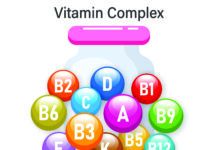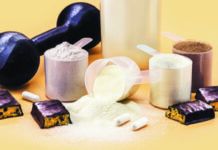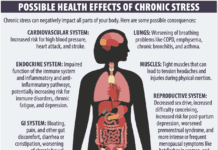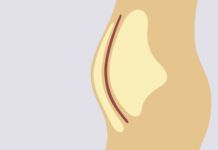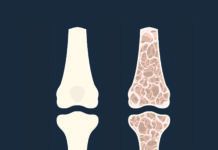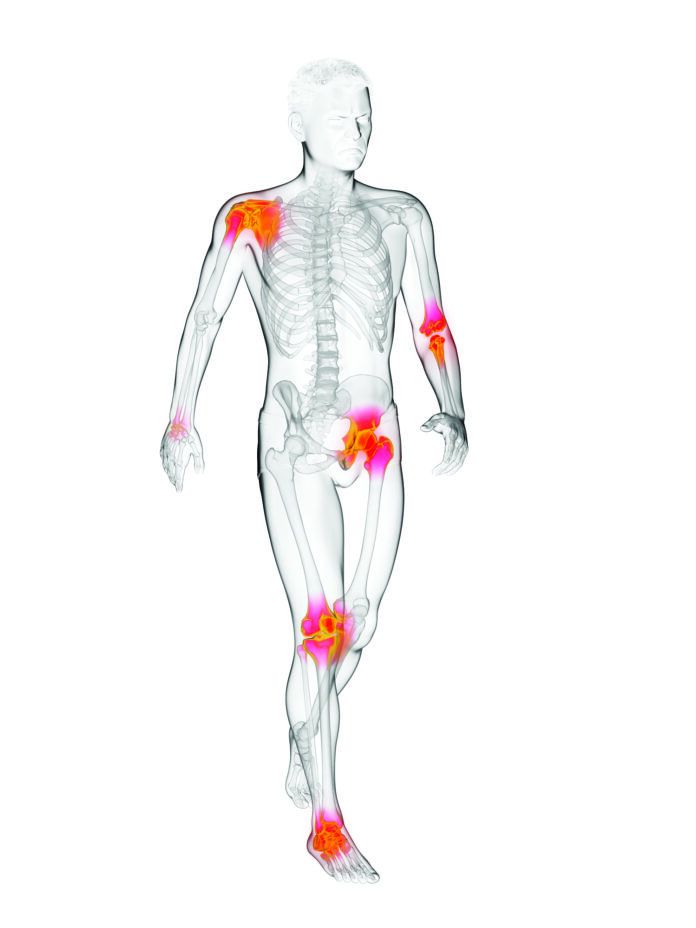One in four adults have some form of arthritis. If you are living with painful, stiff, inflamed joints, you may have heard claims that consuming specific foods will help.
Arthritis 101. The two most common types of arthritis are osteoarthritis and rheumatoid arthritis. Osteoarthritis is caused when wear-and-tear damages the cartilage that cushions the ends of the bones where they meet at a joint. With the cartilage worn away, the bones can rub against one another, causing pain and restricting movement. Changes to the bones and to the tissues that hold the joint together can also occur.
Rheumatoid arthritis is an autoimmune disease. The body’s own immune system attacks the membrane that forms a capsule around the joint, causing painful swelling. Eventually, the cartilage and bone within the joint can be damaged.
Dietary Treatments? When dealing with chronic pain, it’s normal to look for ways to ease pain simply and naturally. Unfortunately, most of the food- and beverage-related tricks touted online and by word-of-mouth for arthritis are either unproven or understudied. Don’t be tricked. Here’s a brief look at what we know:
1 Gelatin. The thickening agent in jello, gummies, marshmallows, and other jiggly or chewy treats, gelatin is a protein made from collagen extracted from the bones, skin, and cartilage of animals (most often cows and pigs). When you consume it, it is broken down during digestion, so it does not directly add to the collagen in your joints. There is currently insufficient evidence to recommend gelatin as a treatment for osteoarthritis. Studies suggest it does not have a significant effect on rheumatoid arthritis.
2 Pectin. Adding the soluble fiber pectin to beverages (like hot water, grape juice, or sour cherry juice) has been touted as a way to reduce arthritis symptoms. Pectin comes from the skin of fruits like apples and oranges and, like gelatin, is a gelling agent. While anecdotal evidence suggests some people experience a measure of relief from drinking a pectin solution, there is no scientific evidence indicating it is beneficial and no proposed mechanism by which it would work.
3 Gin-Soaked Raisins. As with pectin, there is no discernable mechanism by which eating raisins soaked in gin would improve arthritis symptoms, and this trick is not supported by science.
4 Omega-3 Fatty Acids. These polyunsaturated fatty acids are found in the largest amounts in fish. While some studies found no effect of supplementation with omega-3 fatty acids on rheumatoid arthritis, a meta-analysis of randomized controlled trials concluded omega-3 supplementation reduced the number of tender joints but did not significantly impact blood markers of inflammation or disease activity scores. The dose of omega-3 ranged from 0.30 to 9.60 grams per day in the 18 studies analyzed. For reference, a three-ounce serving of fatty fish, like salmon, mackerel, herring, or bluefin tuna, contains at least one gram of omega-3 fatty acids.
5 Apple Cider Vinegar. These days, it’s hard to avoid unsubstantiated claims that drinking apple cider vinegar—diluted or straight—will help with any number of diseases and conditions. But, like most of the claims for this fermented apple juice, there is no evidence it has any effect on arthritis. Because this acidic liquid can break down tooth enamel and irritate your esophagus, stick to using it in salad dressings and marinades.
➧ Be Wary. There are a lot of unfounded claims and misinformation out there. Check with foundations and respected organizations, such as the Arthritis Foundation and the National Institute of Arthritis and Musculoskeletal and Skin Diseases, and beware of websites and “experts” who are trying to sell you something.
➧ Listen to Your Body. If you find consuming a certain food or ingredient makes you feel worse (or better), listen to your body. Just make sure you are getting proper overall nutrition, and avoid eliminating entire food groups.
➧ Follow Good Advice. We know that medication, reducing excess body weight, avoiding tobacco products, stretching daily, and regularly engaging in low-impact physical activities can help with arthritis symptoms.
What to Do. Proper medication and a healthy lifestyle are the best treatments for any form of arthritis. Evidence-backed recommendations include reducing excess body weight, stretching daily, regularly engaging in low-impact physical activities (Tai chi, yoga, and water exercise are excellent options), and avoiding tobacco products (smoking is known to increase inflammation and is strongly associated with both osteoarthritis and rheumatoid arthritis). Other natural approaches recommended for pain management include acupuncture, massage, and TENS (transcutaneous electrical stimulation). And don’t forget a healthy dietary pattern that includes fish/seafood, nuts/seeds, vegetables, fruits, and calcium sources like fat-free or low-fat dairy and limits red and processed meats and ultraprocessed foods to support overall health.







